
Is the Morality of Jesus Sound?
¥8.09
Dodo Collections brings you another classic from M. M. Mangasarian, ‘Is the Morality of Jesus Sound?’ ? This book is based upon the famous lecture delivered before the Independent Religious Society, Chicago by Mangasarian. ? Born in Mashger (now within Turkey) in the Ottoman Empire, M. M. Mangasarian attended Robert College in Constantinople, and was ordained as minister in Marsovan in 1878. In about 1880 he enrolled at Princeton University. He was pastor at a Presbyterian church in Philadelphia from 1882 to 1885, when he resigned, becoming an independent preacher and a lecturer on "independent religion" in New York. In 1892 he became leader of the Ethical Culture Society of Chicago, a group established by Felix Adler. In 1900 he organized the Independent Religious Society of Chicago, a rationalist group, of which he remained pastor until 1925. He retired to Piedmont, California, where he lived for the rest of his life. ? During his life Mangasarian wrote a number of books. His most popular, including The Truth About Jesus — Is He a Myth? (1909) andThe Bible Unveiled (1911), deal with the evidence against the existence of an historical Jesus. He also wrote hundreds of essays and lectures on questions of the times. His books and essays were translated into French, German, Spanish, and other foreign languages. The general subject of his writing was religious criticism and the philosophy of religion. Mangasarian considered himself a Rationalist or a Secularist not an Atheist, since he considered atheism a non-verifiable belief system.
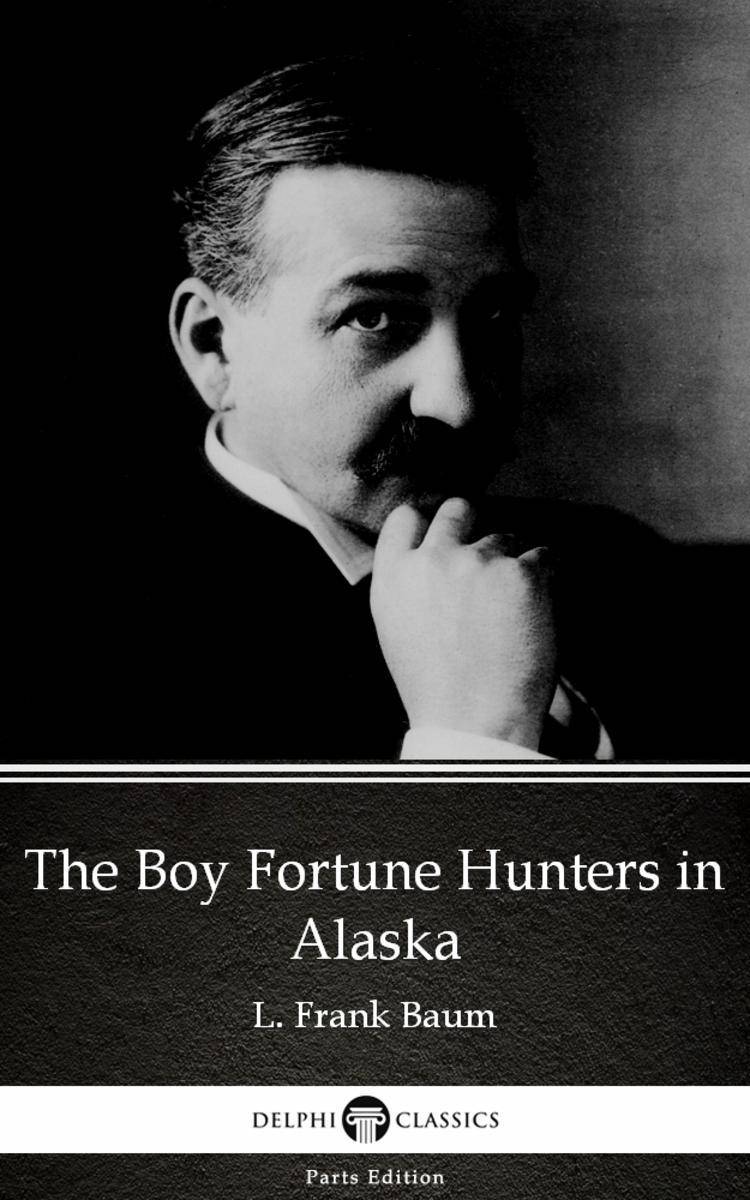
The Boy Fortune Hunters in Alaska by L. Frank Baum - Delphi Classics (Illustrate
¥8.09
This eBook features the unabridged text of ‘The Boy Fortune Hunters in Alaska by L. Frank Baum - Delphi Classics (Illustrated)’ from the bestselling edition of ‘The Complete Works of L. Frank Baum’. Having established their name as the leading publisher of classic literature and art, Delphi Classics produce publications that are individually crafted with superior formatting, while introducing many rare texts for the first time in digital print. The Delphi Classics edition of Baum includes original annotations and illustrations relating to the life and works of the author, as well as individual tables of contents, allowing you to navigate eBooks quickly and easily. eBook features: * The complete unabridged text of ‘The Boy Fortune Hunters in Alaska by L. Frank Baum - Delphi Classics (Illustrated)’ * Beautifully illustrated with images related to Baum’s works * Individual contents table, allowing easy navigation around the eBook * Excellent formatting of the text Please visit www.delphiclassics.com to learn more about our wide range of titles
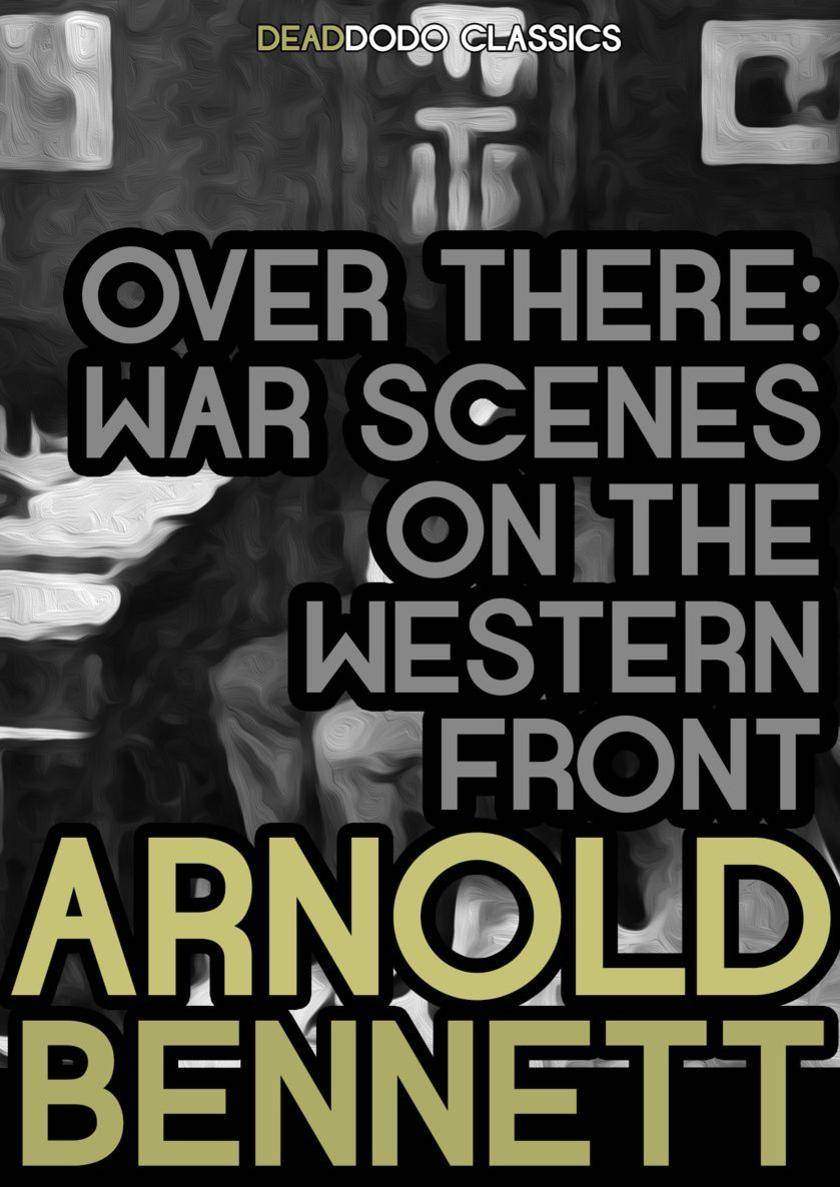
Over There: War Scenes on the Western Front
¥8.09
Dodo Collections brings you another classic from Arnold Bennett, ‘"Over There: War Scenes on the Western Front."’ ? This book contains an account written by Arnold Bennett detailing the time he spent moving from town to town in France and Belgium during the early stages of World War II. An interesting insight into the harsh realities of war, this fascinating book will appeal to those interested in what life was like on the front lines during World War II and constitutes a valuable addition to any collection of antiquarian wartime literature. ? Enoch Arnold Bennett (always known as Arnold Bennett) was one of the most remarkable literary figures of his time, a product of the English Potteries that he made famous as the Five Towns. Yet he could hardly wait to escape his home town, and he did so by the sheer force of his ambition to succeed as an author. In his time he turned his hand to every kind of writing, but he will be remembered for such novels as The Old Wives' Tale, the Clayhanger trilogy (Clayhanger, Hilda Lessways, and These Twain), and The Card. He also wrote such intriguing self-improvement books as Literary Taste, How To Live on 24 Hours a Day, The Human Machine, etc. ? After a local education Bennett finished his education at the University of London and for a time was editor of Woman magazine. After 1900 he devoted himself entirely to writing; dramatic criticism was one of his foremost interests. Bennett is best known, however, for his novels, several of which were written during his residence in France. ? Bennett's infancy was spent in genteel poverty, which gave way to prosperity as his father succeeded as a solicitor. From this provincial background he became a novelist. ? His enduring fame is as a Chronicler of the Potteries towns, the setting and inspiration of some of his most famous and enduring literary work and the place where he grew up.
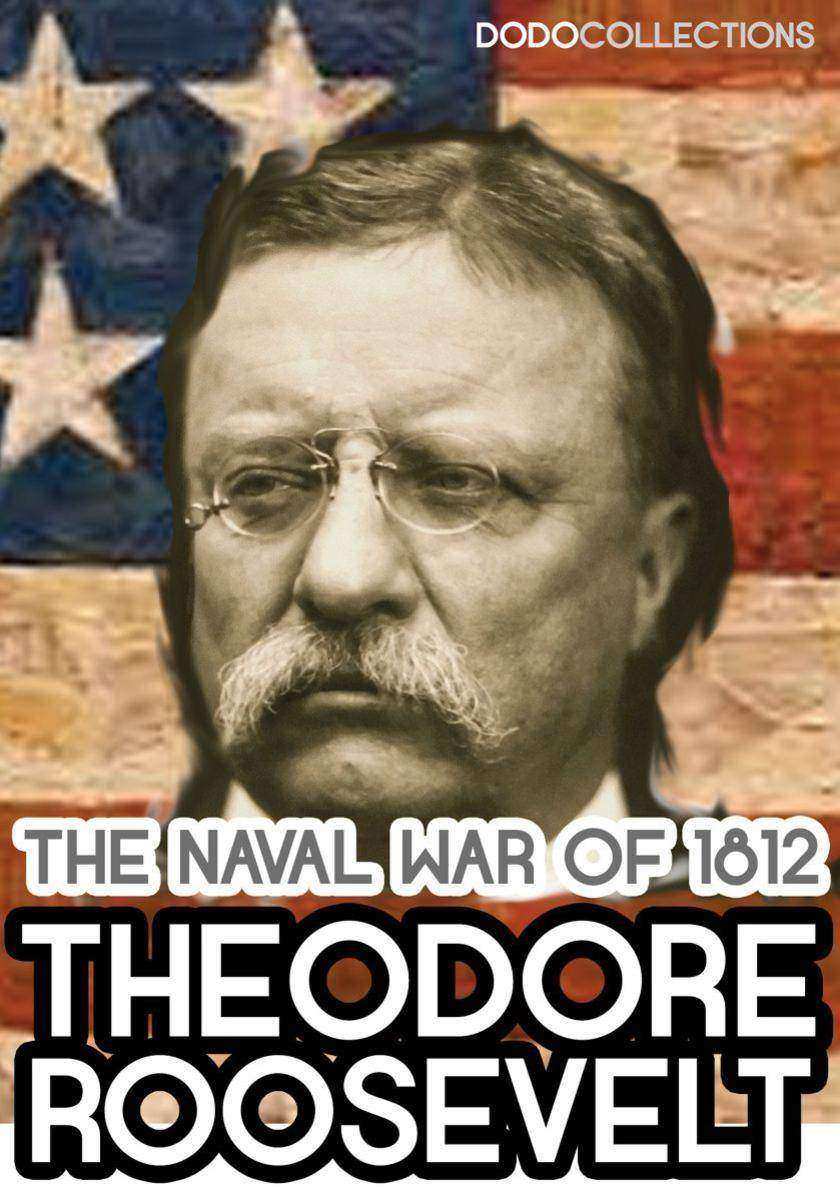
The Naval War of 1812
¥8.09
Dodo Collections brings you another classic from Theodore Roosevelt, ‘The Naval War of 1812.’ ? Roosevelt was 23 when this was published. He had just been elected to the New York State Assembly; it was begun as his senior thesis at Harvard. A masterpiece, for those of us who relish naval history. This is a remarkable piece of historical writing, based on original documents, ships’ logs, letters, official correspondence, study of blueprints and plans. He had to learn about sailing while he was writing the book. ? Theodore Roosevelt, Jr., also known as T.R., and to the public (but never to friends and intimates) as Teddy, was the twenty-sixth President of the United States, and a leader of the Republican Party and of the Progressive Movement. He became the youngest President in United States history at the age of 42. He served in many roles including Governor of New York, historian, naturalist, explorer, author, and soldier. Roosevelt is most famous for his personality: his energy, his vast range of interests and achievements, his model of masculinity, and his "cowboy" persona. Roosevelt was mostly home schooled by tutors and his parents. ? Biographer H. W. Brands argues that "The most obvious drawback to the home schooling Roosevelt received was uneven coverage of the various areas of human knowledge." He was solid in geography (as a result of self study during travels), and bright in history, biology, French, and German; however, he struggled in mathematics and the classical languages. He entered Harvard College on September 27, 1876; his father told him "Take care of your morals first, your health next, and finally your studies".
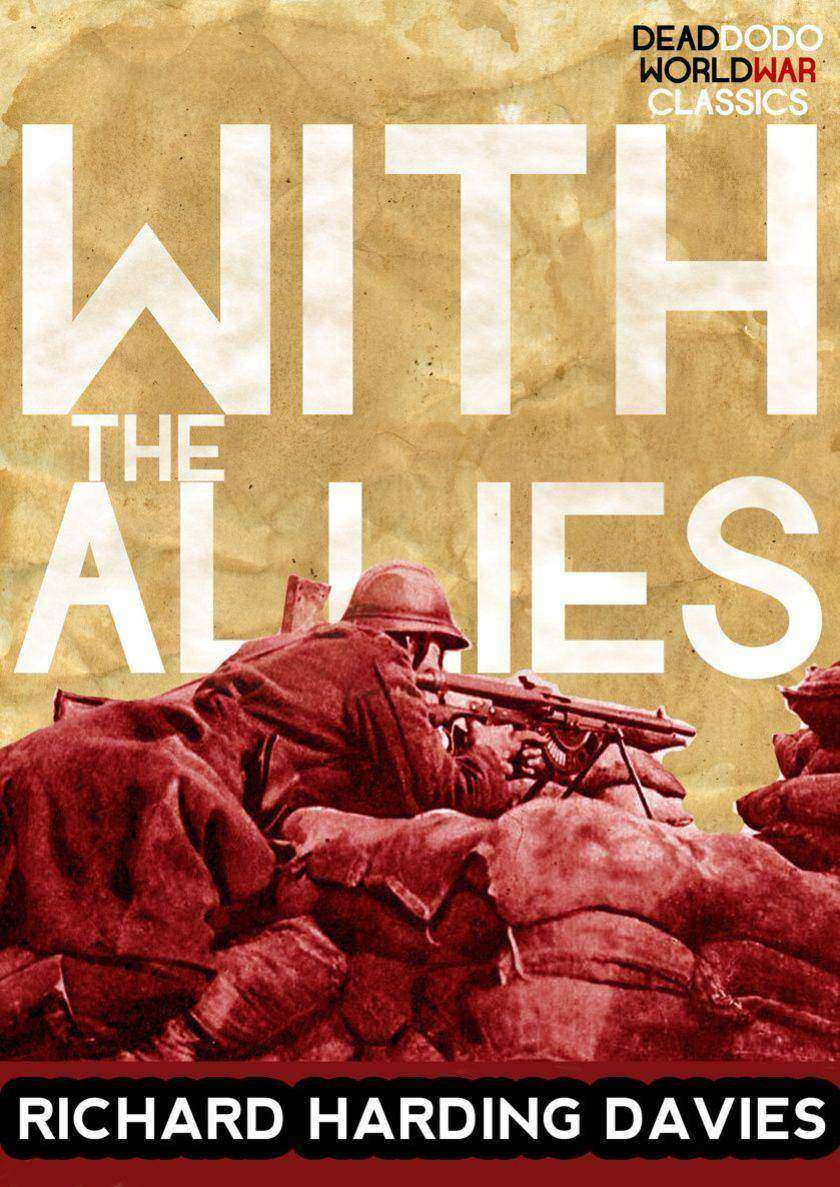
With the Allies
¥8.09
An early appeal by Richard Davis, American war correspondent, to denounce neutrality and take an active role in the conflict on the side of the Triple Entente. Makes his case from German ‘crimes of aggression’. ? ‘I have not seen the letter addressed by President Wilson to the American people calling upon them to preserve toward this war the mental attitude of neutrals. But I have seen the war. And I feel sure had President Wilson seen my war he would not have written his letter. This is not a war against Germans, as we know Germans in America … It is a war, as Winston Churchill has pointed out, against the military aristocracy of Germany …’
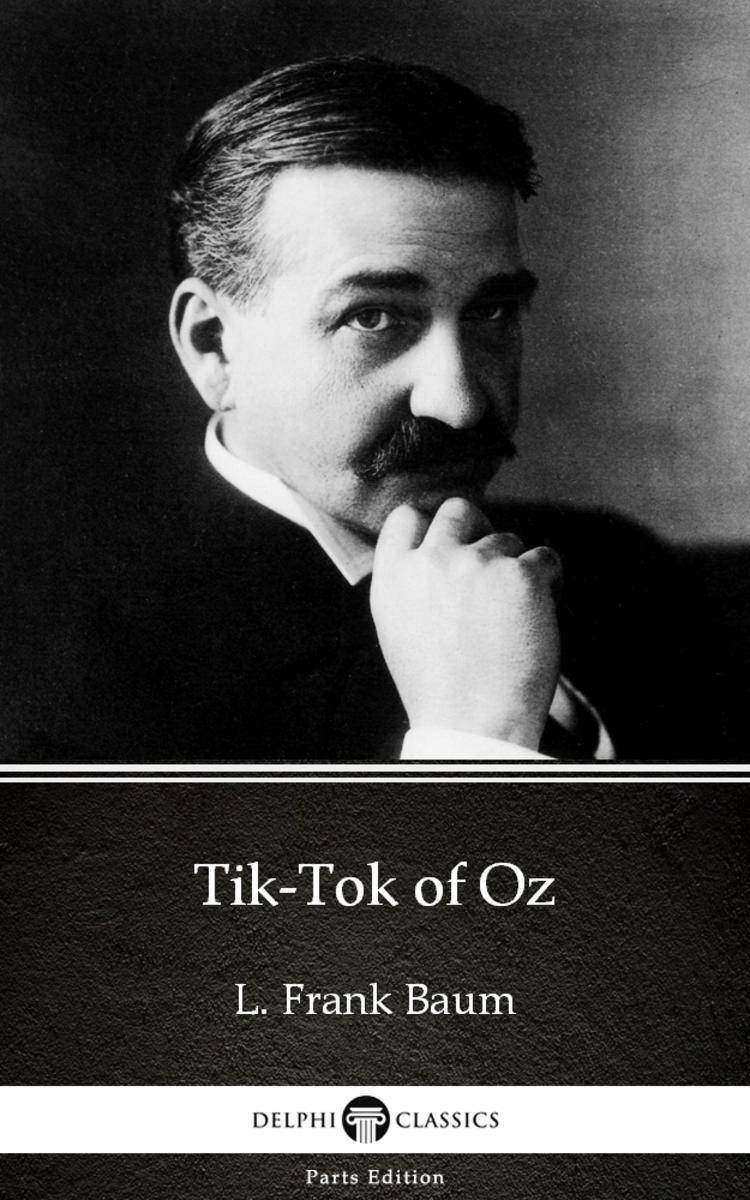
Tik-Tok of Oz by L. Frank Baum - Delphi Classics (Illustrated)
¥8.09
This eBook features the unabridged text of ‘Tik-Tok of Oz by L. Frank Baum - Delphi Classics (Illustrated)’ from the bestselling edition of ‘The Complete Works of L. Frank Baum’. Having established their name as the leading publisher of classic literature and art, Delphi Classics produce publications that are individually crafted with superior formatting, while introducing many rare texts for the first time in digital print. The Delphi Classics edition of Baum includes original annotations and illustrations relating to the life and works of the author, as well as individual tables of contents, allowing you to navigate eBooks quickly and easily. eBook features: * The complete unabridged text of ‘Tik-Tok of Oz by L. Frank Baum - Delphi Classics (Illustrated)’ * Beautifully illustrated with images related to Baum’s works * Individual contents table, allowing easy navigation around the eBook * Excellent formatting of the text Please visit www.delphiclassics.com to learn more about our wide range of titles
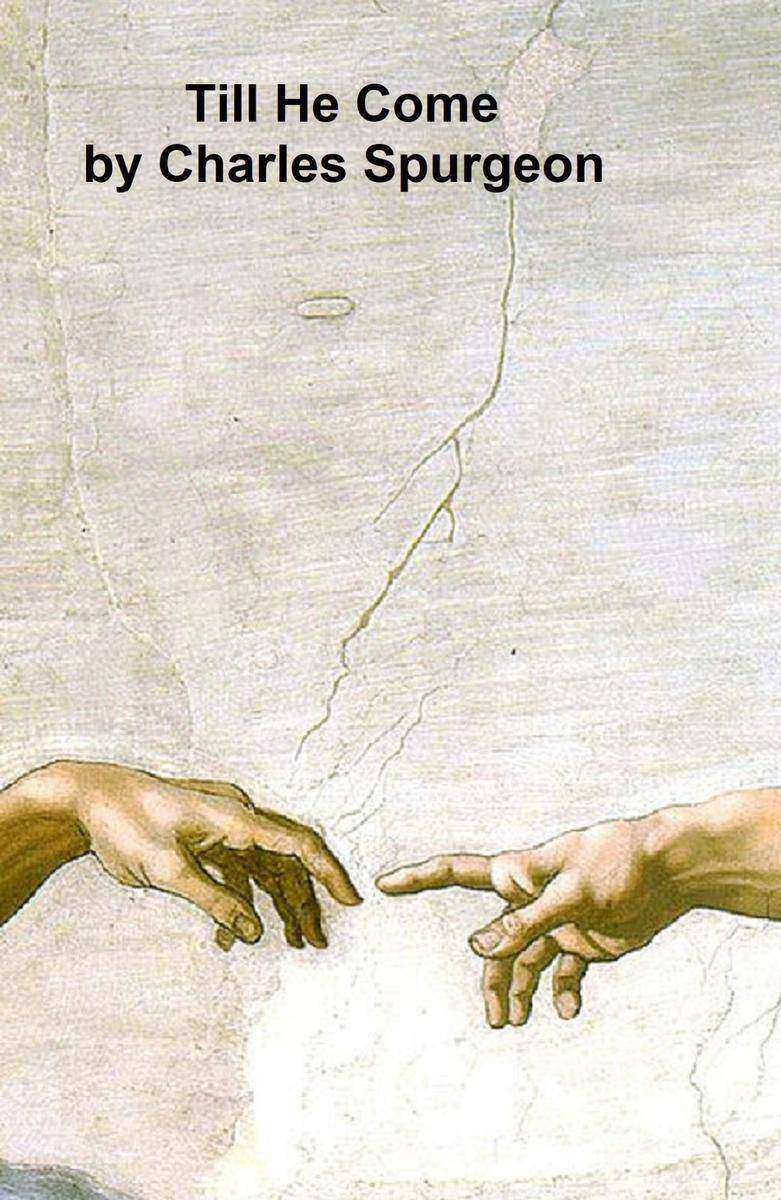
Till He Come
¥8.09
First published in 1896. Spurgeon was an English Baptist preacher, known as "the Prince of Preachers". The Preface begins: " For many years, whether at home or abroad, it was Mr. Spurgeon's constant custom to observe the ordinance of the Lord's supper every Sabbath-day, unless illness prevented. This he believed to be in accordance with apostolic precedent; and it was his oft-repeated testimony that the more frequently he obeyed his Lord's command, "This do in remembrance of Me," the more precious did his Saviour become to him, while the memorial celebration itself proved increasingly helpful and instructive as the years rolled by." According to Wikipedia: "Charles Haddon Spurgeon, commonly C.H. Spurgeon, ( 1834 – 1892) was a British Reformed Baptist preacher who remains highly influential among Christians of different denominations, among whom he is still known as the "Prince of Preachers." He also founded the charity organization now known as Spurgeon's, that works worldwide with families and children, as well as a famous theological college which after his death was called after him: Spurgeon's College. Spurgeon was a prolific author of many types of works including sermons, an autobiography, a commentary, books on prayer, a devotional, a magazine, and more. Many sermons were transcribed as he spoke and were translated into many languages during his lifetime. Arguably, no other author, Christian or otherwise, has more material in print than C.H. Spurgeon."
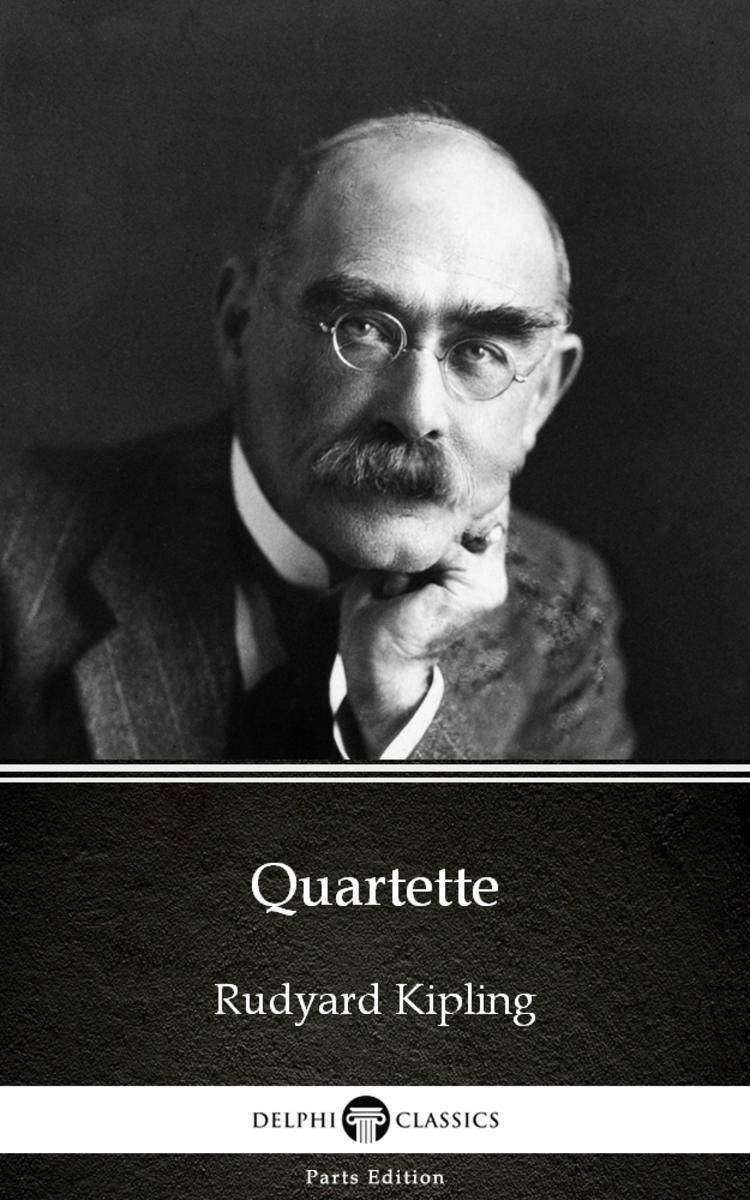
Quartette by Rudyard Kipling - Delphi Classics (Illustrated)
¥8.09
This eBook features the unabridged text of ‘Quartette by Rudyard Kipling - Delphi Classics (Illustrated)’ from the bestselling edition of ‘The Complete Works of Rudyard Kipling’. Having established their name as the leading publisher of classic literature and art, Delphi Classics produce publications that are individually crafted with superior formatting, while introducing many rare texts for the first time in digital print. The Delphi Classics edition of Kipling includes original annotations and illustrations relating to the life and works of the author, as well as individual tables of contents, allowing you to navigate eBooks quickly and easily. eBook features: * The complete unabridged text of ‘Quartette by Rudyard Kipling - Delphi Classics (Illustrated)’ * Beautifully illustrated with images related to Kipling’s works * Individual contents table, allowing easy navigation around the eBook * Excellent formatting of the text Please visit www.delphiclassics.com to learn more about our wide range of titles
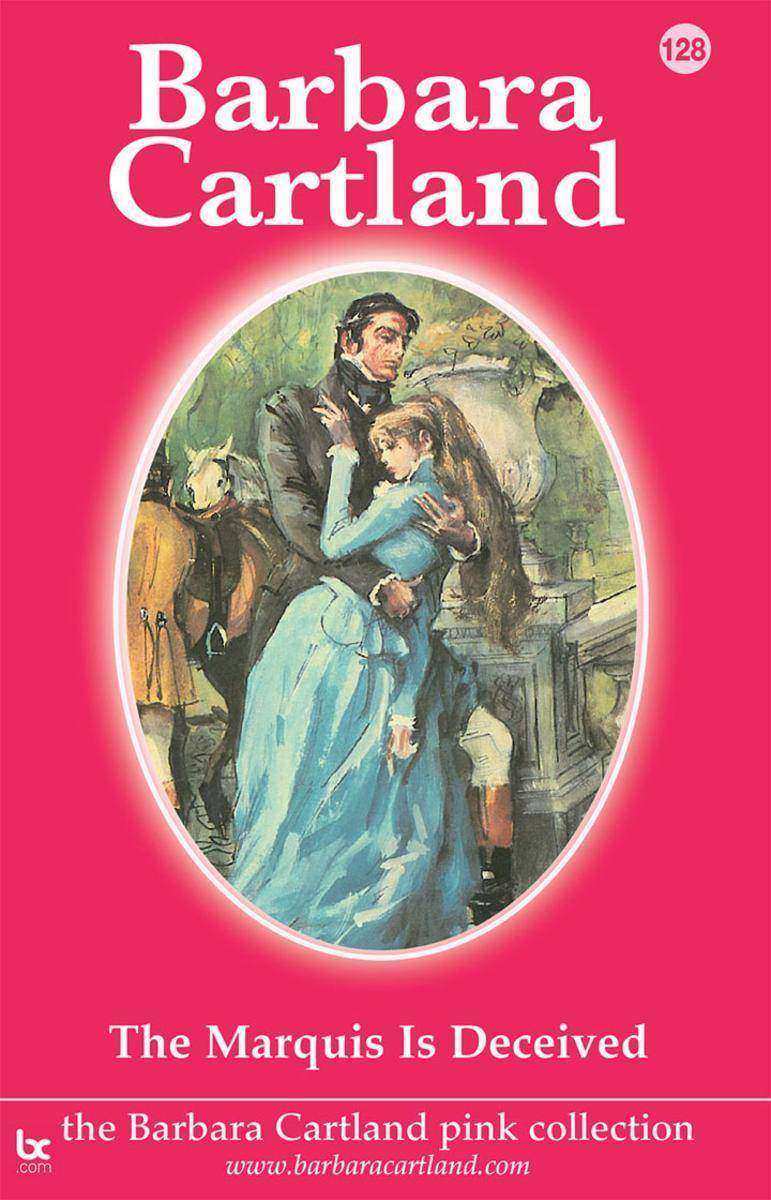
The Marquis is Deceived
¥24.44
The Marquis of Craigmere, who is one of the most handsome and attractive men in the Beau Monde, is pursued by an exotic and beautiful married woman called Peony Lawson The Marquis finds this affaire-de-coeur amusing and enjoyable until Peony says that that she intends to tell her husband what they have been doing and ask him for a divorce. The Marquis is horrified because he was determined never to get married until he is much older and needs to have an heir. He knows, however, that Peony is serious and he will have to be exceedingly clever not to be involved in a scandal that would force him to live abroad for some years. He is at Royal Ascot and is hoping to win the Gold Cup. He is not successful, but as the race ends he sees the Duke of Hawkhurst, who was a friend of his father’s. The Duke has always been in debt and a way suddenly occurs to the Marquis of saving himself from the horror of Peony’s intentions. He tells the Duke that he wishes to marry his daughter, Natalie, in two days’ time. The Duke thinks it strange, but he realises that a very rich son-in-law will save him when he is on the verge of bankruptcy. However, his daughter Natalie is in love with the charming son of a neighbour, who is far from being a rich man, and she is in despair at the prospect of being married to the Marquis. Her cousin, Silva, who is beautiful and intelligent, urges her to elope and promises that she will somehow keep the knowledge of it from the Duke until it is too late for him to prevent it. How Silva arranges for Lady Natalie and the man she loves to set off for Gretna Green and how to save not only her cousin, but also herself from what has been for her a life of misery at the Duke’s Castle, she takes her place at the altar. And the Marquis only discovers the switch when they are on their way to Dover for their honeymoon on his yacht. Find out what happens next in this intriguing and fast moving love story by BARBARA CARTLAND.
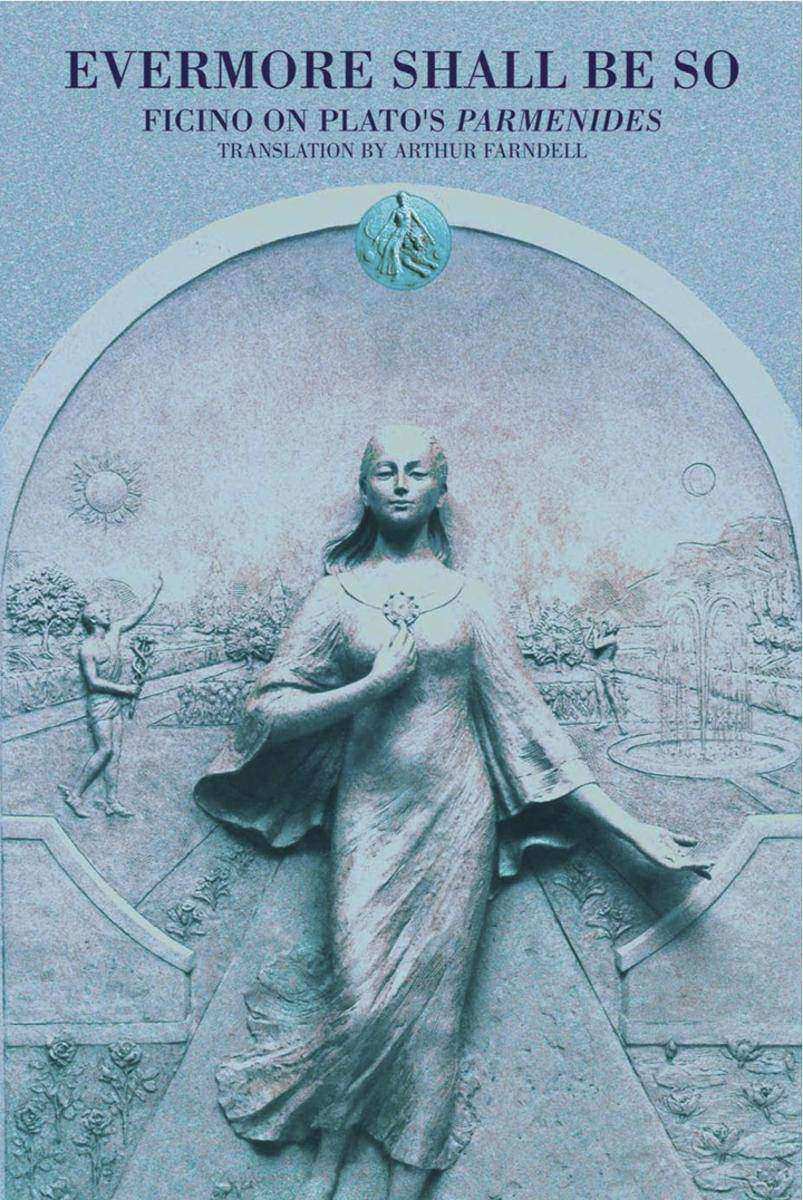
Evermore Shall Be So
¥24.44
With the publication of Arthur FWith the publication of Arthur Farndell’s Gardens of Philosophy (Shepheard Walwyn 2006), there remained only four of Ficino’s commentaries on Plato’s dialogues which had not yet been translated into English. With the publication of this volume there remain only three. Farndell’s translation of the commentaries on the Republic and the Laws will comprise the third volume under the title When Philosophers Rule (9780856832574 – due 2009) and the fourth, All Things Natural (9780856832581 – due 2010), will contain the Timaeus. As Carol Kaske of Cornell University wrote when reviewing Gardens of Philosophy in Renaissance Quarterly, these translations fill ‘a need. Even those Anglophone scholars who know Latin still need a translation in order to read quickly through a large body of material’ The central message of Parmenides, that everything depends on the One, resonates with the growing awareness around the world of the interrelatedness of all things, be it in the biosphere, the intellectual or spiritual realms. Philosophers in ancient Greece appreciated this unity and employed reason and dialectic to draw the mind away from its preoccupation with the material world and attract it towards contemplation of the soul, and ultimately of that Oneness which embraces, but is distinct from, the multifarious forms of creation. Thus Parmenides carefully instructed the young Socrates, and Plato recorded their dialogue in this work which he named after the elderly philosopher. Nearly 2000 years later, Marsilio Ficino made Parmenides available to the West by translating it into Latin, the language of scholars in his time. Ficino added a lengthy commentary to this translation, a commentary which Evermore Shall Be So puts into English for the first time, more than 500 years after its original composition. Ficino’s crucial influence upon the unfolding of the Renaissance and his presentation of Plato’s understanding of the One and the socalled Platonic Ideas or Forms make Evermore Shall Be So an important work in the history of thought. Though it will be an essential buy for Renaissance scholars and historians, its freshness of thought and wisdom are as relevant today as they ever were to inspire a new generation seeking spiritual and philosophical direction in their lives. ‘This is philosophy with a mystical dimension – one that is crucial to the original Socratic and Platonic teaching’ Tony Cross in Faith and Freedomarndell’s Gardens of Philosophy ( 2006), there remained only four of Ficino’s commentaries on Plato’s dialogues which had not yet been translated into English. With the publication of this volume there remain only three. Farndell’s translation of the commentaries on the Republic and the Laws will comprise the third volume under the title When Philosophers Rule (9780856832574 – due 2009) and the fourth, All Things Natural (9780856832581 – due 2010), will contain the Timaeus.As Carol Kaske of Cornell University wrote when reviewing Gardens of Philosophy in Renaissance Quarterly, these translations fill ‘a need. Even those Anglophone scholars who know Latin still need a translation in order to read quickly through a large body of material’ The central message of Parmenides, that everything depends on the One, resonates with the growing awareness around the world of the interrelatedness of all things, be it in the biosphere, the intellectual or spiritual realms. Philosophers in ancient Greece appreciated this unity and employed reason and dialectic to draw the mind away from its preoccupation with the material world and attract it towards contemplation of the soul, and ultimately of that Oneness which embraces, but is distinct from, the multifarious forms of creation.Thus Parmenides carefully instructed the young Socrates, and Plato recorded their dialogue in this work which he named after the elderly philosopher. Nearly 2000 years later, Marsilio Ficino made Parmenides available to the West by translating it into Latin, the language of scholars in his time. Ficino added a lengthy commentary to this translation, a commentary which Evermore Shall Be So puts into English for the first time, more than 500 years after its original composition. Ficino’s crucial influence upon the unfolding of the Renaissance and his presentation of Plato’s understanding of the One and the socalled Platonic Ideas or Forms make Evermore Shall Be So an important work in the history of thought. Though it will be an essential buy for Renaissance scholars and historians, its freshness of thought and wisdom are as relevant today as they ever were to inspire a new generation seeking spiritual and philosophical direction in their lives. ‘This is philosophy with a mystical dimension – one that is crucial to the original Socratic and Platonic teaching’ Tony Cross in Faith and Freedom
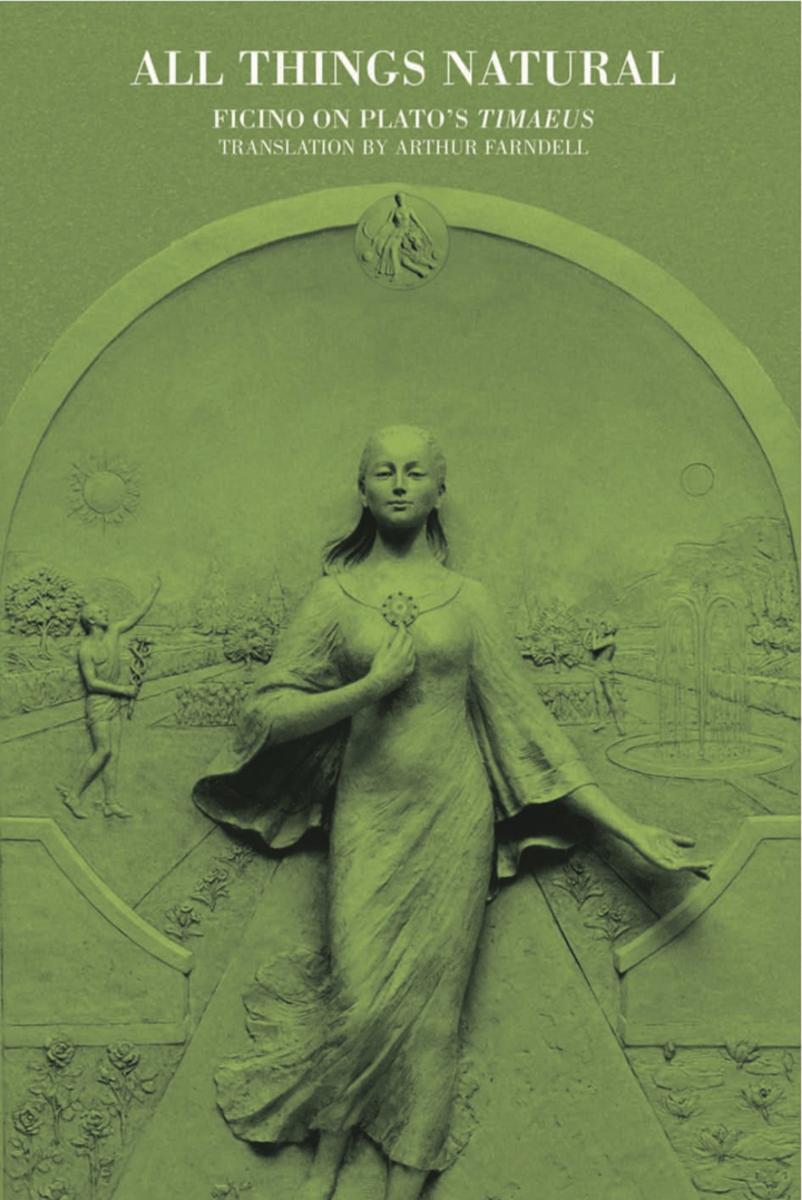
All Things Natural
¥24.44
Ficino's commentary on Plato?s Timaeus offers the English reader, for the first time, an opportunity to share the insights of this highly influential Renaissance philosopher into one of Plato's most important and controversial works. Here are discussed the perennial questions which affect us all: What is the nature of the universeHow did it beginDoes it have a cause outside itselfWhat is our place in itWhat is the nature of mind, soul, matter and timeThe central portion of the work, focusing on number, harmony, and music, has exerted a strong influence on the history of Western musical theory. Ficino added an appendix which amplifies and elucidates Plato?s meanings and reveals fascinating detail about Ficino himself. This volume provides rich source material for all who are interested in philosophy, the history of cosmic theory, and Platonic and Renaissance studies. This completes the four volume series, including Gardens of Philosophy, 2006 (ISBN 9780856832406), Evermore Shall Be So, 2008 (9780856832567) and When Philosophers Rule, 2009 (9780856832574), which contain all Ficino?s commentaries not previously translated into English.
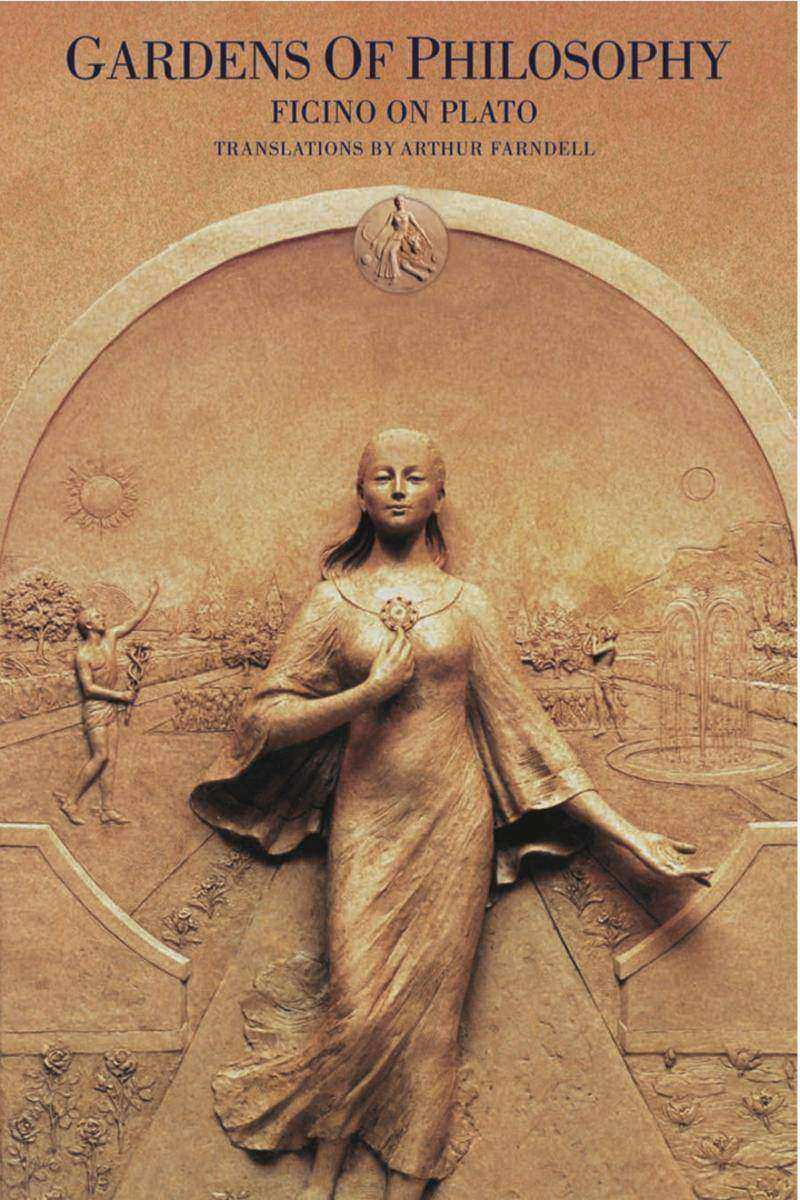
Gardens of Philosophy
¥24.44
What made the Renaissance tickWhy had it such a force that its thinking spread from a small group of scholars in Florence, working in their own brilliant ways but coming together in a small villa on the Florentine hillside where Marsilio Ficino (143399) lived, to affect the thinking of the whole of Europe, and eventually of America, for five hundred years and is continuing to do soCosimo de?Medici, the virtual ruler of Florence, had been attracted to the philosophy of Plato by Gemistos Plethon during the Council Florence in 1439 and had instructed his agents to gather together Plato?s works before Constantinople fell to the Turks in 1453. In 1462 he commissioned Marsilio Ficino to translate them from Greek into Latin for the benefit of the Latin speaking world, a task he completed in under five years according to his biographer Giovanni Corsi. This, the first volume in a four volume series, provides the first English translation of the 25 short commentaries on the dialogues and the 12 letters traditionally ascribed to Plato. Later volumes will provide translations of his longer commentaries on the Parmenides (2008), the Republic and Laws (2009) and Timaeus (2010). Though this book will be an essential buy for Renaissance scholars and historians, its freshness of thought and wisdom are as relevant today as they ever were to inspire a new generation seeking spiritual and philosophical direction in their lives.
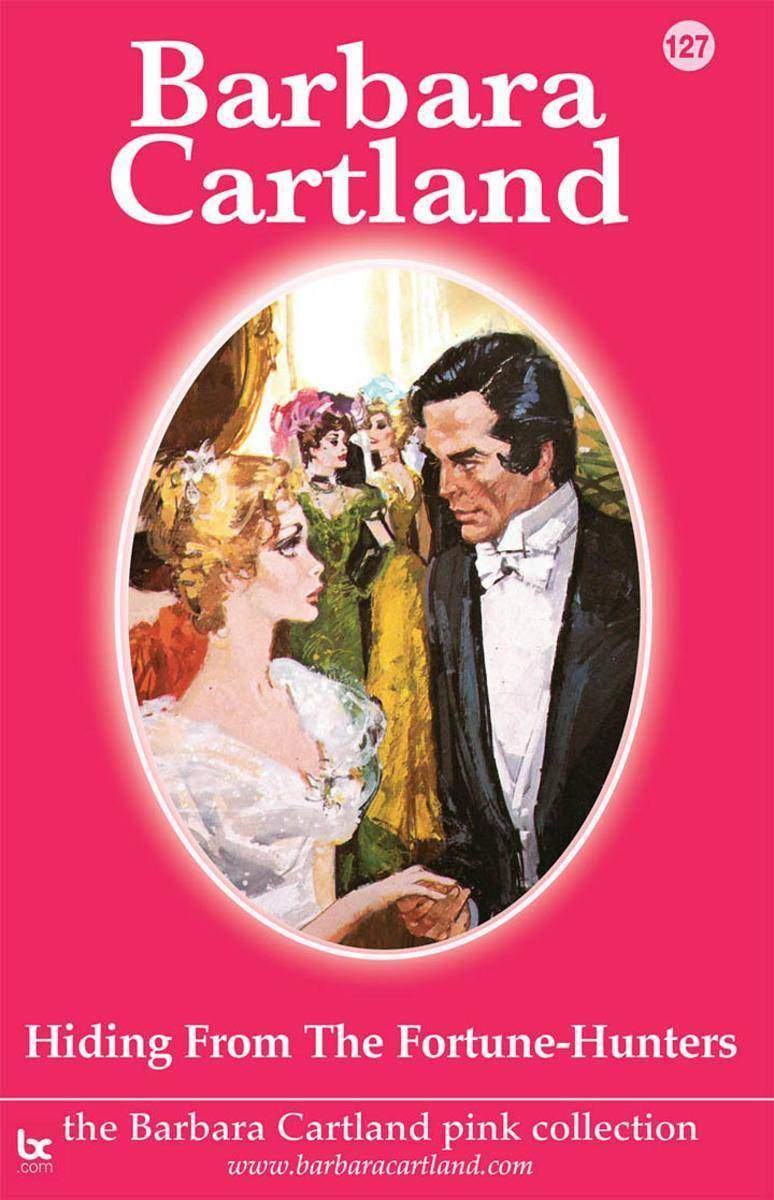
Hiding from the Fortune-
¥24.44
The beautiful Colena Dalton has inherited a great fortune following the untimely death of her enormously rich father, Sir Arthur Dalton, in Paris after a long illness. After overhearing the Comtesse de Lyons telling her charmless son, Pierre, that he must propose to Colena as they need the money, she decides that she wants to marry a man who really loves her for herself and not for her money It is then that she and her cousin, Elizabeth, who has been living with Colena and her father in France, decide to change places. The two girls return to London where they join the Social world and are at once invited to endless parties as Sir Arthur’s death has been widely reported in all the newspapers. And immediately the fortune-hunters start circling. One of them called Oliver Stone becomes particularly persistent and bombards Elizabeth, thinking that she is Colena, with attention and invitations, while ignoring Colena. As expected he proposes marriage and will not be shaken off whatever the girls try and in order to escape him they drive of Colena’s father’s house in the country. There they find they find that two famous paintings have been stolen and hearing that there is to be a sale of pictures and other treasures nearby, the girls go there to try to replace the pictures. It is then that they meet up again unexpectedly with the unpleasant Oliver Stone who tries to abduct Elizabeth and force into marrying him. Then an unfortunate accident occurs that changes everything. How Colena and Elizabeth meet the men of their dreams, who love them for themselves and not for their money, is told in this intriguing story by BARBARA CARTLAND.
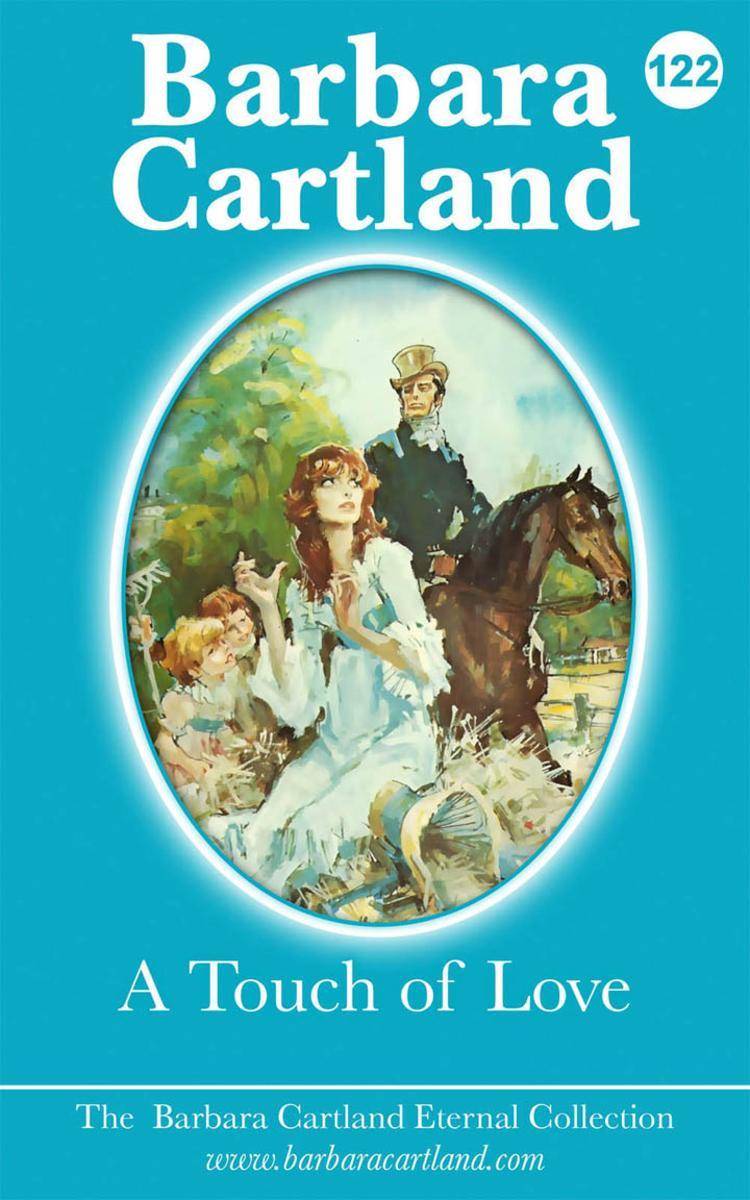
A Touch Of Love
¥24.44
After her young nephew and two nieces’ parents are drowned in a tragic sailing accident off the coast of Cornwall, the beautiful red-headed Tamara is devastated by their loss and realises almost at once that she is the only person who can look after the three children as she loves them so much. She speaks to the local Solicitor, who tells her that there is no money left in her brother-in-law’s estate and so she has no choice but to take the three children to their uncle, the Duke of Granchester, who lives in splendid isolation in a vast sprawling but intimidating Castle in Gloucestershire. The prospect at once appals Tamara. Firstly because she despises the Duke for the way he had cut off all contact with her sister and brother-in-law as he disapproved of their marriage, thinking that she was an actress when in fact she was a renowned opera singer. Worse still, Tamara has written a somewhat scurrilous novel portraying the Duke as the vile character she believes him to be! And the novel is just about to be published in London! Arriving at Granchester Castle in the guise of the children’s Governess, she finds the Duke to be as arrogant, high-handed and annoyingly handsome as her fictional portrayal of him and she hates him even more bitterly. Until a touch of love intervenes and changes everything forever.

Cocos2d-x Cookbook
¥80.65
Over 50 hands-on recipes to help you efficiently administer and maintain your games with Cocos2d-xAbout This BookBuild exciting games, apps, and other cross-platform GUI based interactive programs with Cocos2d-xExplore the nitty-gritty of the latest Cocos2d-x on the block, version 3.6A step-by-step guide that shows you the functionalities of Cocos2d-x followed by an explanation of how they work Who This Book Is For If you are a game developer and want to learn more about cross-platform game development in Cocos2d-x, then this book is for you. Knowledge of C++, Xcode, Eclipse, and how to use commands in the terminal are prerequisites for this book.What You Will LearnInstall and set up Cocos2d-x for your development environmentBuild, test, and release game applications for iOS and AndroidDevelop your games for multiple platformsCustomize Cocos2d-x for your gamesUse a physical engine in your gamesSave and load text, JSON, XML, or other formatsExplore the brand new features of Cocos2d-x In Detail Cocos2d-x is a suite of open source, cross-platform game-development tools used by thousands of developers all over the world. Cocos2d-x is a game framework written in C++, with a thin platform-dependent layer. Completely written in C++, the core engine has the smallest footprint and the fastest speed of any other game engine, and is optimized to be run on all kinds of devices. You will begin with the initial setup and installation of Cocos2d before moving on to the fundamentals needed to create a new project. You will then explore and create the sprites, animations, and actions that you will include in the game. Next you will look at strings and create labels, including a label with True Type Font (TTF) font support. Later, you will learn about layer and scene creation and transition. Then you will create the GUI parts essential for a game, such as buttons and switches. After that, you will breathe life into the game with background music and sound effects using the all new Cocos2d-x audio engine. You will then discover how to manage resource files and implement processes that depend on the operating system. Finally, you will polish your game with physics such as gravity and elevation, learn about tools that will help you make games more robust and stable, and get to know best practices to improve the game you have developed.Style and approach This book is an easy-to-follow guide with ample recipes to help you better understand Cocos2d-x.

Real Time Analytics with SAP HANA
¥71.93
Enhance your SAP HANA skills using this step-by-step guide to creating and reporting data models for real-time analyticsAbout This BookThis book will help you to process analytical and transactional data in real time with the help of SAP HANA.Walk through the steps of the data modeling process and build various data models and artifacts in SAP HANA Studio.Packed with rich examples and use cases that are closely focused on developing real-time applications. Who This Book Is For If you are a SAP HANA data modeler, developer, implementation/migration consultant, project manager, or architect who is responsible for implementing/migrating to SAP HANA, then this book is for you.What You Will LearnGet to grips with the basic building blocks of Analytics/Data models in the SAP HANA environment.Discover various schemas, modeling principles, Joins, and the architecture of the SAP HANA engine.Build data models and artifacts in Sap HANA Studio.Design decision tables and understand the concept of transport management in the SAP HANA landscape.Work with the different views in SAP HANA Studio.Explore full-text search and fuzzy search in SAP HANA.Create your own scenarios and use cases using sample data and code. In Detail SAP HANA is an in-memory database created by SAP. SAP HANA breaks traditional database barriers to simplify IT landscapes, eliminating data preparation, pre-aggregation, and tuning. SAP HANA and in-memory computing allow you to instantly access huge volumes of structured and unstructured data, including text data, from different sources. Starting with data modeling, this fast-paced guide shows you how to add a system to SAP HANA Studio, create a schema, packages, and delivery unit. Moving on, you’ll get an understanding of real-time replication via SLT and learn how to use SAP HANA Studio to perform this. We’ll also have a quick look at SAP Business Object DATA service and SAP Direct Extractor for Data Load. After that, you will learn to create HANA artifacts—Analytical Privileges and Calculation View. At the end of the book, we will explore the SMART DATA access option and AFL library, and finally deliver pre-packaged functionality that can be used to build information models faster and easier.Style and approach This is an easy-to-follow, step-by-step, rapid guide to help you learn analytics in SAP HANA through ample hands-on exercises and use case scenarios.

Infusionsoft Cookbook
¥99.18
Over 88 recipes for effective use of Infusionsoft to mitigate your CRM needs, marketing automation, conducting online business optimallyAbout This BookMaximize client engagement by automating lead capture and follow-upCollect information and set up lead scoring in Infusionsoft to enhance your marketing interactions to build more clientsSet up online shopping carts, manage your online store, and enhance user experience Who This Book Is For If you want to excel in the use of Infusionsoft to develop a set of common applications or project types and solutions effectively, this book is perfect for you. This book will empower you to provide better results for your clients, faster! It is assumed that you are familiar with and use Infusionsoft.What You Will LearnSet up and configure features that will enhance new user creation using InfusionsoftAttract leads and build your list efficientlyUnderstand the different strategies to sell and get paidCreate amazing customer experiences by following up and automating messagesMaster techniques to use Infusionsoft for internal administrative functionsMake better business decisions by mastering the reporting functionalitySave time and simplifying day-to-day usage using InfusionsoftGet to know the Ninja hacks while working with Infusionsoft efficiently. In Detail Infusionsoft is an all-in-one software-as-a-service (SaaS) for small business sales and marketing. It empowers businesses with the same level of automation and personalization that were previously only available to large corporate enterprises with deep pockets. You can easily manage customer relationships, target communications in an automated manner, and sell their products/services online effectively. Starting with recipes on the general setup and core competencies related to Infusionsoft, you will then learn about tools to enhance user experience. Further on, you'll dive deep into different strategies to attract, sell, and wow your customers. You’ll also explore different ways to manage administrative tasks and reporting, which are crucial to perform better workflow management. Later, you will become proficient in lead generation and lead management, referral management, report generation, and working with the campaign builder. Finally, the book closes with unsupported ninja hacks to take your business strategies into the stratosphere!Style and approach A recipe-based guide that covers real-life scenarios on optimising marketing automation, lifecycle management, lead generation, inventory management, and adding ecommerce functionality
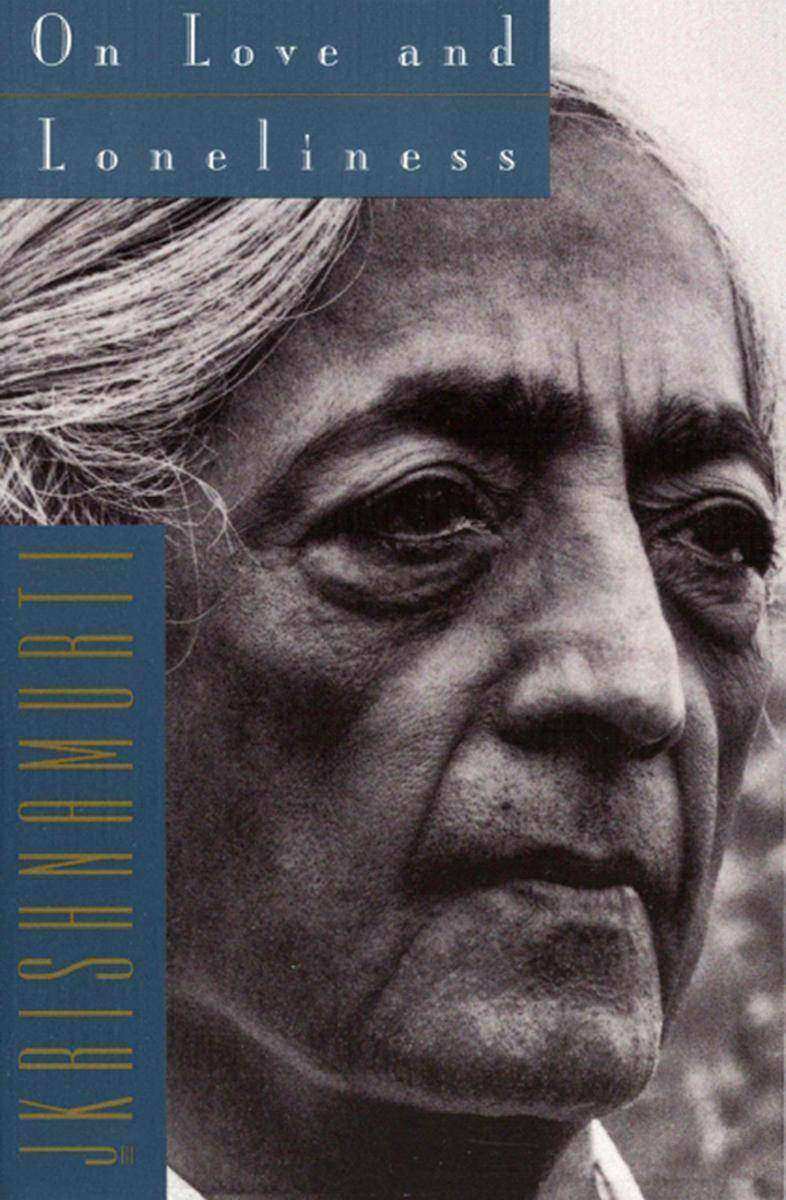
On Love and Loneliness
¥77.49
In 1950 Krishnamurti said: It is only when the mind is not escaping in any form that it is possible to be in direct communion with that thing we call lonliness, the alone, and to have communion with that thing, there must be affection, there must be love. On Love and Lonliness is a compelling investigation of our intimate relationships with ourselves, others, and society. Krishnamurti suggests that true relationship can come into being only when there is self-knowledge of the conditions which divide and islolate individuals and groups. Only by renouncing the self can we understand the problem of lonliness, and truly love.

Apache Mahout Clustering Designs
¥63.21
Explore clustering algorithms used with Apache MahoutAbout This BookUse Mahout for clustering datasets and gain useful insightsExplore the different clustering algorithms used in day-to-day workA practical guide to create and evaluate your own clustering models using real world data sets Who This Book Is For This book is for developers who want to try out clustering on large datasets using Mahout. It will also be useful for those users who don’t have background in Mahout, but have knowledge of basic programming and are familiar with basics of machine learning and clustering. It will be helpful if you know about clustering techniques with some other tool.What You Will LearnExplore clustering algorithms and cluster evaluation techniquesLearn different types of clustering and distance measuring techniquesPerform clustering on your data using K-Means clusteringDiscover how canopy clustering is used as pre-process step for K-MeansUse the Fuzzy K-Means algorithm in Apache MahoutImplement Streaming K-Means clustering in MahoutLearn Spectral K-Means clustering implementation of Mahout In Detail As more and more organizations are discovering the use of big data analytics, interest in platforms that provide storage, computation, and analytic capabilities has increased. Apache Mahout caters to this need and paves the way for the implementation of complex algorithms in the field of machine learning to better analyse your data and get useful insights into it. Starting with the introduction of clustering algorithms, this book provides an insight into Apache Mahout and different algorithms it uses for clustering data. It provides a general introduction of the algorithms, such as K-Means, Fuzzy K-Means, StreamingKMeans, and how to use Mahout to cluster your data using a particular algorithm. You will study the different types of clustering and learn how to use Apache Mahout with real world data sets to implement and evaluate your clusters. This book will discuss about cluster improvement and visualization using Mahout APIs and also explore model-based clustering and topic modelling using Dirichlet process. Finally, you will learn how to build and deploy a model for production use.Style and approach This book is a hand's-on guide with examples using real-world datasets. Each chapter begins by explaining the algorithm in detail and follows up with showing how to use mahout for that algorithm using example data-sets.

Android Studio Cookbook
¥71.93
Design, test, and debug your apps using Android StudioAbout This BookSee what Material design is about and how to apply it your appsExplore the possibilities to develop apps that works on any type of deviceA step-by-step practical guide that will help you build improved applications, change their look, and debug them Who This Book Is For This book is for developers that are already familiar with programming concepts and have already started creating apps for the Android platform, for example, by using the Eclipse IDE. It is for developers who intend to use Android Studio as their primary IDE or want to use Android Studio more efficiently.What You Will LearnDevelop Android Studio applications using GenymotionApply the concepts of Material design to your applicationsUse memory monitoring tools to tweak performanceBuild applications for Android WearableCapture images, video, or audio within your Android appUse content providers to display dataBuild apps with a cloud-based backendCreate media-related apps that will run on phones, phablets, tablets, and TVs In Detail This book starts with an introduction of Android Studio and why you should use this IDE rather than Eclipse. Moving ahead, it teaches you to build a simple app that requires no backend setup but uses Google Cloud or Parse instead. After that, you will learn how to create an Android app that can send and receive text and images using Google Cloud or Parse as a backend. It explains the concepts of Material design and how to apply them to an Android app. Also, it shows you how to build an app that runs on an Android wear device. Later, it explains how to build an app that takes advantage of the latest Android SDK while still supporting older Android versions. It also demonstrates how the performance of an app can be improved and how memory management tools that come with the Android Studio IDE can help you achieve this. By the end of the book, you will be able to develop high quality apps with a minimum amount of effort using the Android Studio IDE.Style and approach This is a practical guide full of challenges and many real-world examples that demonstrate interesting development concepts. Besides smartphones and tablets, it also covers Android wearable devices and Android TV. Although strongly recommended, it is not necessary to own any Android device yourself.
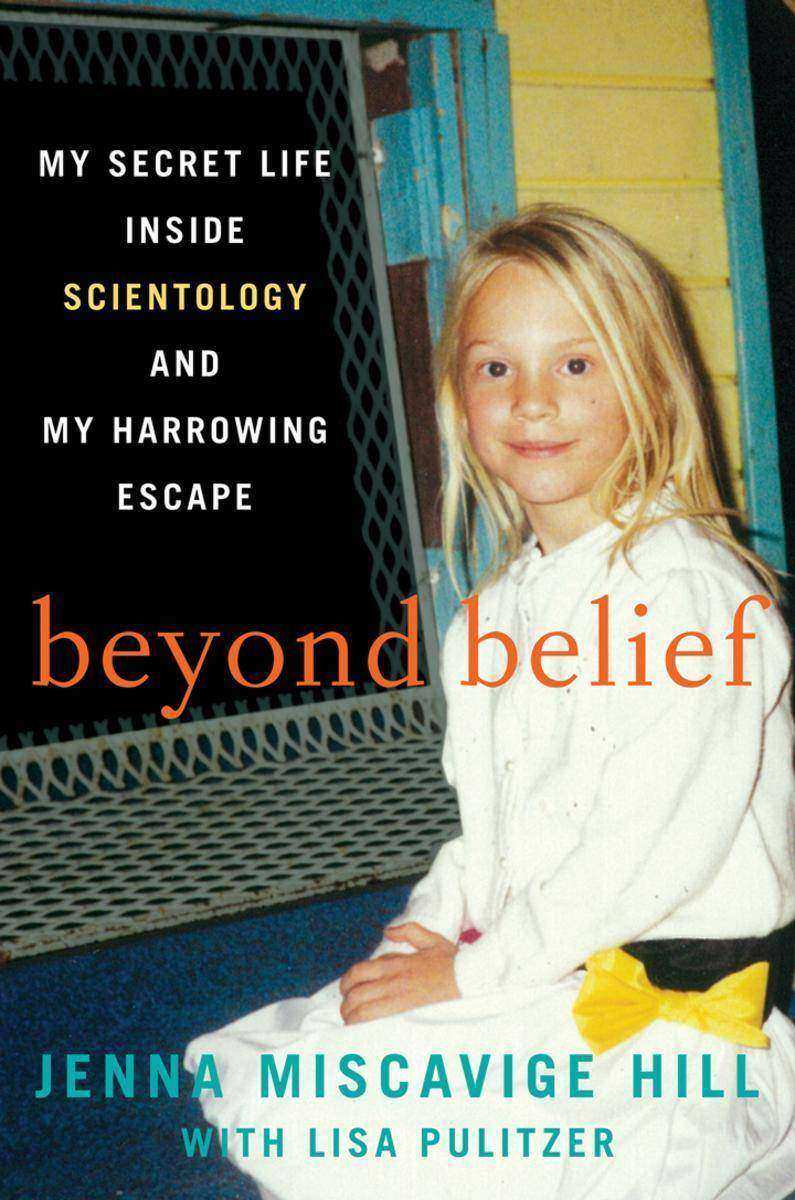
Beyond Belief
¥90.77
Jenna Miscavige Hill was raised to obey. As the niece of the Church of Scientology leader David Miscavige, she grew up at the center of this highly controversial and powerful organization. But at twenty-one, Jenna made a daring break, risking everything she had ever known and loved to leave Scientology once and for all. Now she speaks out about her life, the Church, and her dramatic escape, going deep inside a religion that, for decades, has been the subject of fierce debate and speculation worldwide. Piercing the veil of secrecy that has long shrouded the world of Scientology, this insider reveals unprecedented firsthand knowledge of the religion, its obscure rituals, and its mysterious leader David Miscavige. From her prolonged separation from her parents as a small child to being indoctrinated to serve the greater good of the Church, from her lack of personal freedoms to the organization emphasis on celebrity recruitment, Jenna goes behind the scenes of Scientology oppressive and alienating culture, detailing an environment rooted in control in which the most devoted followers often face the harshest punishments when they fall out of line. Addressing some of the Church most notorious practices in startling detail, she also describes a childhood of isolation and neglect a childhood that, painful as it was, prepared her for a tough life in the Church most devoted order, the Sea Org. Despite this hardship, it is only when her family approaches dissolution and her world begins to unravel that she is finally able to see the patterns of stifling conformity and psychological control that have ruled her life. Faced with a heartbreaking choice, she mounts a courageous escape, but not before being put through the ultimate test of family, faith, and love. At once captivating and disturbing, Beyond Belief is an eye-opening exploration of the limits of religion and the lengths to which one woman went to break free.




 购物车
购物车 个人中心
个人中心



